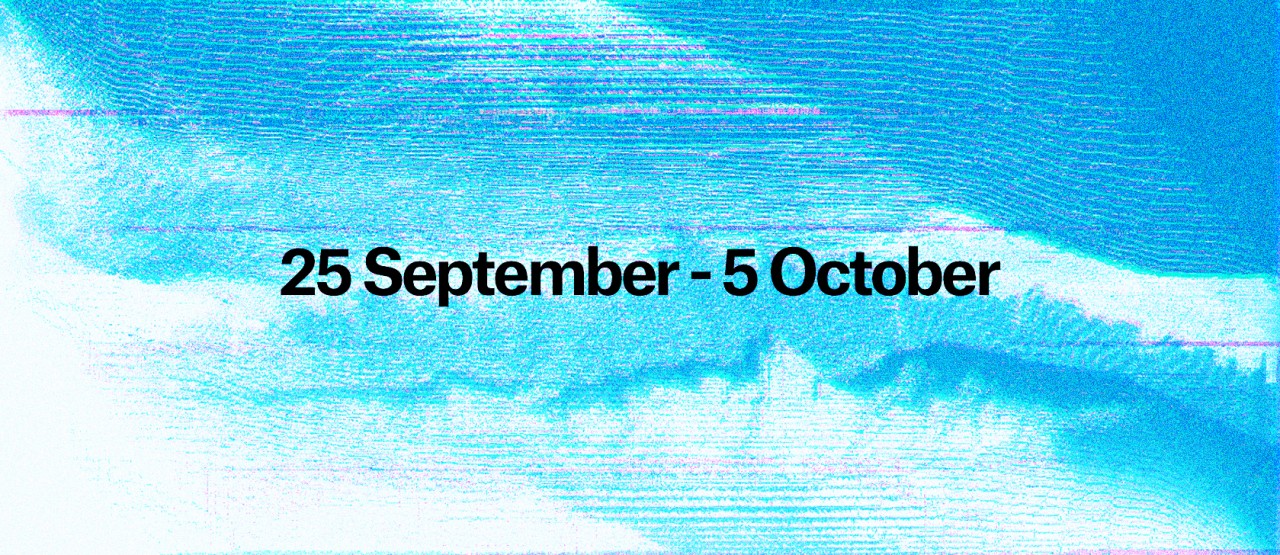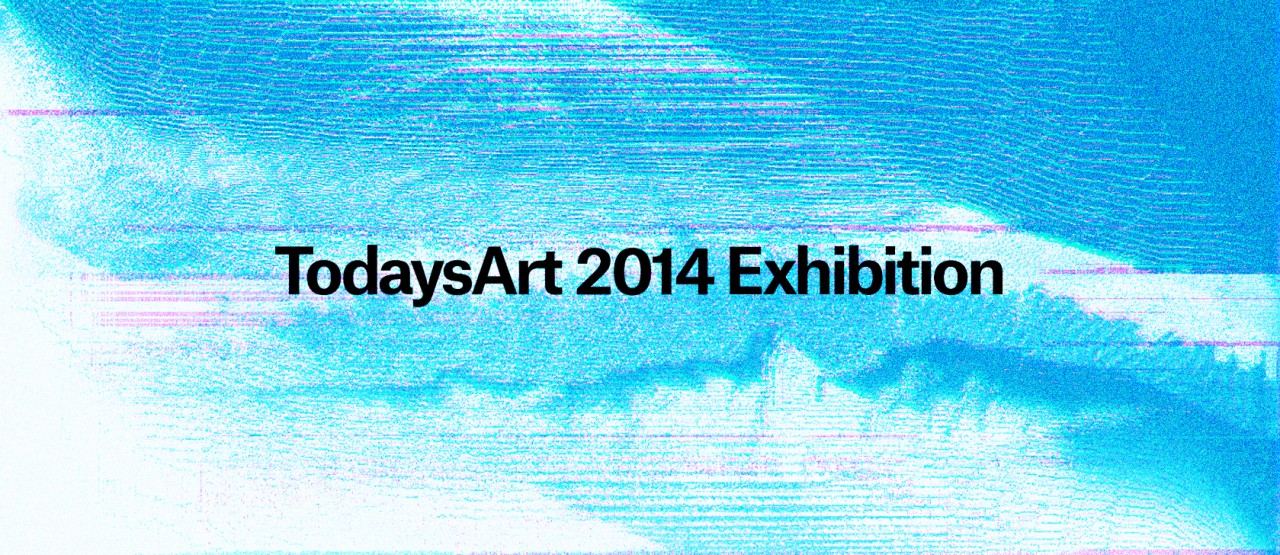Staggering developments in social media, Internet, hardware, and big data lead up to a rapidly growing sense of transparency, hybridity, and fluidity. Communication via text and image is increasingly detached from its original context by copy pasting, messaging, hyperlinks and other phenomena. Information is infinitely interpretable and thereby becomes diffuse in its meaning. We live in an age of merging transparent worlds, of hybrid states in form, meaning, and value. Little is fixed; everything seems fluid.
In the work of Oliver Laric, Frederik De Wilde and Matthijs Munnik, fluidity is not only to be found in the streaming colors they use, but also in the relocation of (sometimes invisible) data to a different physical location. Katja Novitskova, Charbel-joseph H. Boutros, Zoro Feigl, Kianoosh Motallebi, and Zimoun work with various hybrid phases of transition and aggregation. From one condition or state to another, objects continuously change in their material characteristics or forms. The works of Metahaven, David Jablonowski and Constant Dullaart concentrate on the politics and aesthetics of transparency. Mounira Al Solh, Jon Rafman and Heather Phillipson bring together various kinds of information, and make collapsing contexts visible. HC Gilje and Stefan Tiefengraber relate to surveillance and transparency in different ways ranging from an exploratory light device to a server killer.
The exhibition is located in the basements of the Vuurtorenweg 35, a building located on the Scheveningen boulevard. In the recent history of the building transparency, the sea and technology played important roles. The building originally functioned as a sea beaconing control post. Later on this function was automated by Rijkswaterstaat (part of the Dutch Ministry of Infrastructure and the Environment) and its systems were replaced by radar technology. Until recently it was the archive of the International Criminal Tribunal for the former Yugoslavia. The building and the surrounding terrain used to be hermetically sealed. It is still surrounded by high fences and its architectural design is very closed. In the building’s basement spaces the remnants of two servers, a safe-like closet and a bundle of cut-off cables coming from the wall remain.




























































